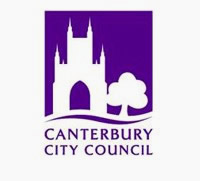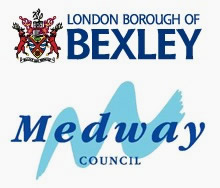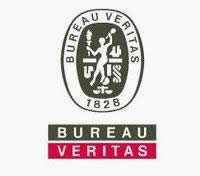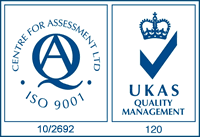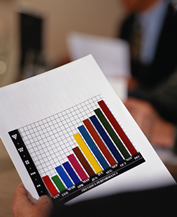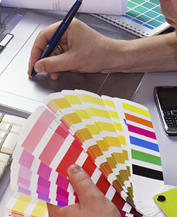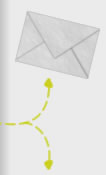Monitor Resolutions for 2010
25/01/2010
Have you ever wondered why older websites look poor, especially in terms of image quality?
It is likely they were written to download fastest over slower connection speeds on monitors of lower resolution.
A few years ago, very few monitors or display screens were higher resolution than the print equivalent of 76 dpi. A good web designer would use images saved at 72dpi (Dots per Inch) and this was often referred to as web resolution. The web resolution 72dpi image would look good online (and could not look better by using a higher resolution image) and would download quickly. Print quality would be poor, but for web viewing this was perfect.
Wide screen and higher resolution laptops and monitors have caused a problem with image resolution where some monitors do not support true 1:1 scaling of some aspect ratios. This is best explained by way of an example.
Two common sizes of screen are 1920x1080px and 1920x1200px and many monitors will simply show a ‘stretched’ image. This means that images can looked blurred unless they have been saved at a higher resolution that the industry norm of 76dpi or ‘web resolution’.
Unfortunately many computer users are unaware that not all laptops or PCs will output suitable images to a high resolution monitor; the output depends on the graphics card and older laptops or computers are likely to have more issues. To get the best quality images for viewing it is necessary to maintain a 1:1 change of aspect ratio. Common monitor aspect ratios are 4:3, 5:4 and 16:10 (widescreen)
This causes issues for web designers; a web or graphic designer is likely to understand the intricacies of images and screen resolution and how this is impacted by aspect ratio and graphics cards, and so will have a good combination showing high quality images. But the client may not see this, and experience inferior quality images simply through their laptop and monitor combination.
Common monitor aspect ratios are: 4:3, 5:4 and 16:10 (widescreen).









